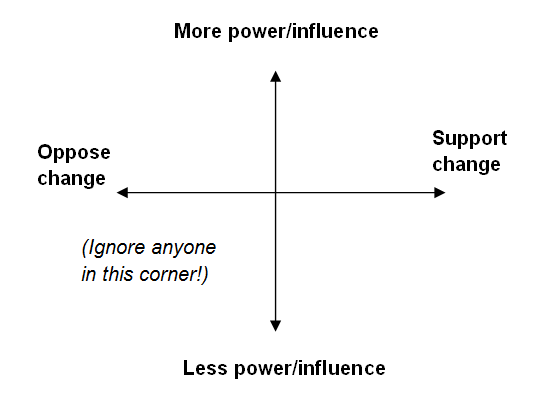A powermap is a tool that helps activists figure out who (person, institution) exactly holds power and what could motivate them to do what you want. Powermaps are most frequently used for strategic campaign planning to figure out targets but they have many uses. Powermapping can help you figure out how to get a politician to vote yes on your issue, coax an on the fence organization to take a public stand or help you persuade a funder to give your collective a grant.
To make a powermap:
- Make a list of targets and influencers. Think broadly. List the people that have the power to make the change you want to see and anyone/groups that influence them. (In some cases there may be one obvious target but in others it may take some time to identify your target.)
- Place the people on the map. As you do this, discuss why you think they hold power and influence and the relationships between different people on the map.
- If you think there are gaps in your map, do some research into how relevant institutions work and what positions people hold in them.
- Assess the power map and identify your primary target(s) and the key influencers.
Moveon.org has a great walkthrough of community powermapping, before, during and after the process.



